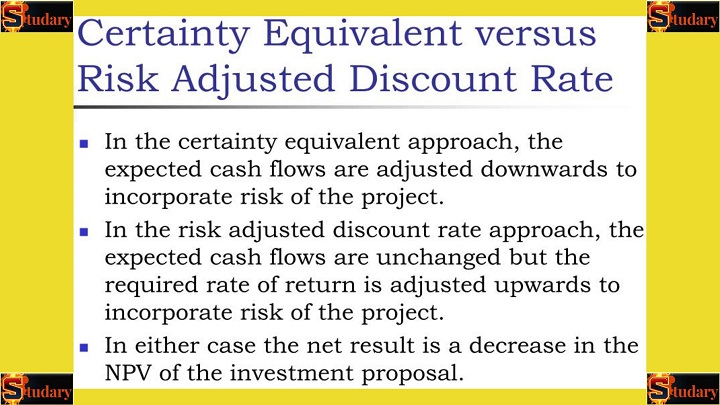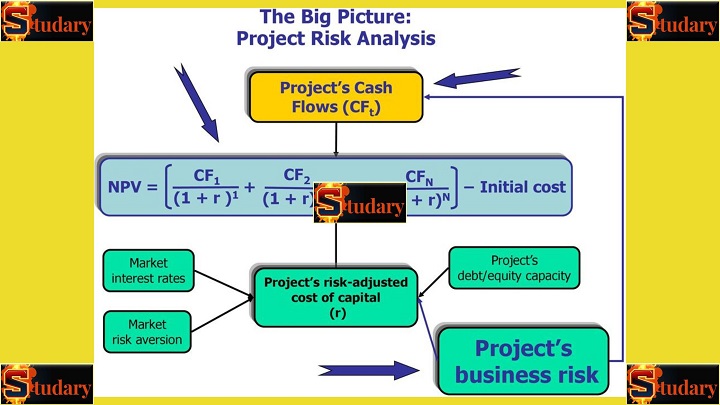Introduction
Risk modelling methods stand as the bedrock of informed decision-making in an array of industries and domains, offering a potent means to foresee, comprehend, and mitigate potential risks. This extensive guide embarks on an in-depth exploration of the multifaceted realm of risk modelling methods, equipping individuals and professionals alike with a profound understanding of this critical field. Within these pages, you will discover a wealth of insights, strategies, and valuable resources designed to empower you to not only comprehend but excel in the art and science of risk modelling methods, fostering the confidence and capability to tackle risk-related challenges across diverse sectors and scenarios.


Section 1: Understanding Risk Modelling Methods
1.1 Unpacking the Essence of Risk Modelling Methods
Venturing into the heart of risk modelling methods, we unravel the intricate tapestry of techniques and tools meticulously designed to assess, quantify, and masterfully navigate the multifaceted risks that permeate diverse domains. From the financial sector to healthcare and environmental sciences, these methods serve as the compass guiding decision-makers through the labyrinth of uncertainties, enabling the formulation of well-informed strategies to mitigate and manage risks effectively.1.2 The Pervasive Significance of Risk Modelling Methods
In an era marked by complexity and uncertainty, understanding the pivotal role of risk modelling methods is paramount. This section meticulously outlines the burgeoning demand for risk modelling specialists and emphasizes their indispensable role in the realm of risk management. As the need for risk mitigation continues to grow, so too does the importance of these specialists who navigate the intricate landscape of risks that characterize our world, ultimately safeguarding the integrity and sustainability of various domains and industries.Read Also: Game Theory Assignment Help
Section 2: Types of Risk Modelling Methods
2.1 Navigating the Financial Risk Galaxy
Embark on a journey through the cosmos of financial risk models, a universe where Value at Risk (VaR), Monte Carlo simulation, and GARCH models reign supreme. These models serve as the compass guiding financial professionals through the turbulence of investment and banking, ensuring a comprehensive assessment of financial risks and facilitating strategic decisions that stand the test of market volatility.2.2 The Healthcare Risk Odyssey
Delve into the realm of healthcare risk models, where predictive analytics and epidemiological models serve as guiding stars. These models play a pivotal role in the domain of healthcare, enabling professionals to forecast patient outcomes, allocate resources judiciously, and exercise effective control over the ever-evolving landscape of diseases and healthcare challenges.2.3 The Environmental Risk Frontier
Navigate the uncharted terrain of environmental risk modelling, where Geographic Information Systems (GIS) and Bayesian networks emerge as compasses in the quest to assess and mitigate environmental risks. From predicting natural disasters to addressing the far-reaching consequences of pollution and climate change, these methods serve as indispensable tools in preserving the fragile balance of our environment. In this extensive guide, we will continue to journey through the intricate landscape of risk modelling methods, uncovering their diverse applications and practical implications in various industries and domains. With a profound understanding of these methods, you will be well-prepared to tackle the challenges of risk management with confidence and precision.
Section 3: Building Risk Models
3.1 Data Collection and Analysis
Embark on the journey to construct formidable risk models as we dive into the art of data collection and analysis. This subsection unveils the crucial steps involved in building risk models, commencing with the meticulous process of data collection and preprocessing. From there, we delve into the realm of statistical analysis and feature selection, ensuring the reliability, accuracy, and robustness of your models. This phase serves as the bedrock upon which risk models are built, emphasizing the need for meticulous attention to detail and the seamless integration of data.3.2 The Selection and Validation of Risk Models
Venture further into the world of risk modelling as we explore the intricacies of model selection and validation. This phase is a pivotal juncture where the selection of the appropriate risk model takes center stage. The exploration continues with a meticulous examination of the validation process, encompassing techniques such as cross-validation and backtesting. These methods serve as the crucible in which your risk models are forged, ensuring their accuracy and robustness as they venture into the realm of decision-making.Section 4: Ethical Considerations in Risk Modelling
4.1 The Ethical Mosaic of Risk Modelling
Navigate the ethical terrain that often unfolds in the realm of risk modelling. In this section, we shine a spotlight on the ethical dilemmas that may emerge, including considerations of bias, transparency, and the profound consequences that may result from decisions based on risk models. By exploring these challenges, we prepare ourselves to develop risk models that are not only powerful but also ethically sound.4.2 Ensuring Equity and Ethical Integrity in Risk Models
Dive deep into strategies designed to ensure equity and uphold ethical standards when developing and utilizing risk models. This includes fostering diversity in data, embracing transparency in decision-making, and constructing risk models that not only provide insight but also uphold ethical integrity. As we explore these avenues, we strengthen our capacity to navigate the complex ethical landscape that intersects with the field of risk modelling.
Section 5: Applications and Industries
5.1 The Financial Citadel
Embark on a voyage through the financial citadel, where risk modelling methods are applied with precision. This section unravels the intricate applications in the financial sector, including portfolio management, credit risk assessment, and the ever-vigilant detection of fraud. Risk modelling stands as the lighthouse guiding financial professionals through the turbulent waters of investment and banking, ensuring sound decision-making.5.2 Healthcare and Medical Compass
Discover the vital role that risk modelling methods play in healthcare and medicine. These methods are the compass guiding healthcare professionals as they navigate the challenges of disease outbreak prediction, patient prognosis, and the judicious allocation of resources. As healthcare evolves, risk models serve as the trusted tool ensuring the well-being of patients and the effective management of resources.5.3 Environmental and Climatic Expedition
Embark on an environmental and climatic expedition, where risk modelling methods come to the forefront. We explore their applications in assessing the impact of climate change, predicting natural disasters, and addressing the far-reaching consequences of pollution. Risk modelling serves as the sentinel guarding our environment and safeguarding the future. In this extensive guide, we will continue to traverse the intricate landscape of risk modelling methods, uncovering their diverse applications and practical implications in various industries and domains. With a profound understanding of these methods, you will be well-prepared to tackle the challenges of risk management with confidence and precision.Section 6: Resources for Risk Modelling
6.1 The Bastions of Expertise
Dive into a world of knowledge and insight as we explore resources offered by reputable organizations specializing in risk modelling. Organizations like the Professional Risk Managers' International Association (PRMIA) and the Society of Actuaries (SOA) stand as bastions of expertise in this field. Access their wealth of resources, from insightful articles and publications to networking opportunities that connect you with professionals at the forefront of risk modelling. These organizations provide invaluable support, elevating your understanding and proficiency in this complex discipline.